Ready to Strengthen, Stretch and Transform?
Whether you’re stepping onto the mat for the first time or you’re a seasoned Pilates enthusiast looking to try something different, there’s a style of Pilates that’s ideal for you. Pilates has many options, from slow, controlled movements sculpting a strong core to dynamic, sweat-dripping routines challenging your endurance. But with so many varieties, how do you know which one is right for you?
In this guide, we’ll break down the most popular styles of Pilates, look at what makes each unique and who they’re best for.
What Makes Pilates Great?
Pilates is a gentle yet powerful full-body workout that combines movement with mindfulness. It increases strength, flexibility, and coordination without building bulk or stressing the joints. It’s appropriate for all fitness levels and ages.
One of the main advantages of Pilates is that it promotes core strength, helping to support the spine and improving overall balance. As you progress through each controlled movement, you’ll build better coordination, balance, and body awareness.
Classes are taught by certified instructors who can customize training to suit your needs and goals. Whether you want to relieve pressure from chronic pain, boost athletic performance, heal from an injury, or just feel better in your body, Pilates provides a road map to long-term health and wellness. It can even support weight loss goals when performed consistently and incorporated within a healthy lifestyle.
From mat-based routines to the precision of reformer work, and from the traditional method designed by Joseph Pilates to contemporary styles shaped by modern science, there’s a version of Pilates to suit everyone. It’s the element of adaptability that makes Pilates so much more than a workout; it’s a lifetime practice for strength, grace and resilience.
History and Development
Pilates started as a progressive healing and body-movement scheme, designed by Joseph Pilates in the early 1900s. The original practice was known as Contrology, and it was intended to be a way to improve strength, flexibility, and physical fitness in general through controlled movements. During World War I, Pilates used his method to rehabilitate soldiers who were injured in battle.
In 1926, Joseph brought his method to New York City, where he opened a studio that was attended by dancers, athletes, and the everyday person. His original system — which centered around core stability, breath awareness and the use of gravity in the body through movement — has been the foundation of the method ever since.
Over the years, several different Pilates styles emerged. Traditional Pilates was reshaped as Classical Pilates. Other variations like STOTT and Winsor Pilates, which take on modern exercise science and physiotherapy as influences, also became popular. These variations retain Joseph Pilates’ core philosophy, tailoring it to different needs and objectives.
The tools have also evolved. What started with basic spring-based resistance machines like the reformer now has grown to include numerous props — resistance bands, foam rollers, magic circles and more — all providing different means to challenge the body and modify exercises.
Today, Pilates is practiced in varying forms around the world, from classical mat and reformer-based classes to clinical Pilates in rehabilitation settings.
Types of Pilates
Mat Pilates
This is the most accessible of all the Pilates formats and can be done with just a mat and your own body weight. Mat exercises focus on controlled movements, breath, and activating your center to generate strength, length, and tone the body. Ideal for home workouts or group classes, it’s a good starting point for newbies.
Reformer Pilates
For this method, a special Pilates reformer machine, designed by Joseph Pilates himself, called a reformer, is used, providing varying amounts of resistance using springs and pulleys. Reformer Pilates will challenge your whole body, develop muscle tone, and improve joint stability.
Classical Pilates
This type of training, also called Traditional Pilates, follows Joseph Pilates’ methods to the letter. Classical Pilates follows a specific, predefined order of exercises for both mat and apparatus work. This sequence is intentional, with each exercise building upon the last, preparing the body for greater challenges. A classical mat class, for example, will almost always start with a series known as “The Hundred.”
Another key element is a focus on Joseph Pilates’ six key principles: Concentration, Control, Centering, Flow, Precision, and Breath. The purpose of the practice is to deeply integrate these qualities and actions into the movements as you perform them.
Contemporary Pilates
Updated to include advances in modern physiotherapy and movement science, Contemporary Pilates combines the fundamentals of the original exercises with innovative new practices and approaches. Commonly used in hospitals and clinics, it is perfect for rehabilitation, pre- and post-natal fitness, as well as workouts that vary in difficulty or that target a specific muscle group.
Wall Pilates
This creative modification against a wall offers support, resistance and alignment prompts. Wall Pilates is super beginner-friendly, ideal for anyone coming back from injury or wanting to improve posture, balance, body alignment and muscle activation — specifically of the core and lower body. It adds a functional spin to traditional Pilates moves.
STOTT Pilates
A modernized version of the method, STOTT Pilates includes helpful rehabilitative techniques and anatomical considerations that focus on the natural curvature of the spine and encourage an aligned posture.
STOTT Pilates is highly adaptable–perhaps the most out of the various types of Pilates–and physical therapists and movement specialists often turn to it to address the specific needs of a patient.
Winsor Pilates
Winsor Pilates, made popular by celebrity trainer Mari Winsor, is a simplified, no-nonsense method of Mat Pilates that provides many of the same benefits with no frills.
It focuses on the mind-body connection, breathing and breath control, and is frequently touted for weight loss and fitness. The user-friendly, DVD-style format is especially attractive to beginners and home-routine seekers.
Pilates Classes and Instruction
Pilates classes are led by experienced instructors who guide proper form, technique, and movement patterns. Instructors are thoroughly trained — not just in the movements of Pilates itself, but also in anatomy and biomechanics, and the core principles of the method. Many Pilates teachers are also trained in physiotherapy or rehabilitation, so they are well-placed to help people recovering from injuries or who have ongoing chronic conditions.
Classes are accessible for all with modifications to suit a variety of fitness levels and physical abilities. Beginners receive close attention to build a solid foundation, while more experienced ones are pushed to perform more advanced progressions against resistance.
Whether you like the energy of a group class or the personalized attention of a private session, there’s an option for everyone. Group classes provide motivation and community, while private lessons offer personalized programming and hands-on corrections.
Pilates Benefits: Core Strength and Fitness
At the heart of every Pilates workout is one key element: core strength. Pilates was founded on the idea that solid core muscles — the ones that support your abdomen, back and pelvis — are the foundation of physical health and fitness.
Pilates exercises, like the classic roll-up, are designed to isolate and activate your deep core muscles. Through consistent practice, students develop not just stability and control, but also strength that extends beyond the mat and into daily movements. This can result in better posture, reduced back pain, and a stronger, more flexible body.
But Pilates isn’t only about your abs. Whether performed on a mat or a machine, Pilates engages the entire body, promoting symmetry, flexibility, and full-range of motion. This whole-body approach not only strengthens the core but also tones muscles, improves coordination, and supports injury prevention.
Underpinning these physical benefits are the core principles of Pilates – center, concentration, control, precision, breath and flow. These are the principles that guide every action; they are how you develop strength mindfully and efficiently.
Finding the Right Pilates Type
With so many styles and formats available, choosing the right type of Pilates can feel overwhelming—but it all comes down to your individual goals, preferences, and physical needs.
Are you a person who is interested in training your core at home without a ton of equipment? The right entry point might be Mat Pilates.
Looking to add resistance and more precisely target particular muscle groups? Reformer Pilates may be the solution.
Prefer a structured approach that stays true to the original teachings? Classical Pilates offers that discipline and flow.
If you are in recovery from injury or are working with physical limitations, then modern or clinical Pilates under an experienced physiotherapist can provide a way forward that is safe.
Knowing the specific benefits and methodologies of each style is the first step in making an informed decision. Certified Pilates instructors, or physiotherapists, can evaluate you and direct you to the most suitable class or program.
Don’t be afraid to experiment — the beauty of taking different classes and trying different styles is that you realize what you feel the most challenged and inspired by in your own body. And once you understand Pilates concepts like control, centering and alignment, you’ll be in a better position to select a method that keeps you motivated, moving forward and feeling your best.
Pilates for Beginners
Most beginners start with Mat Pilates, which uses your own body weight along with a few basic items such as a mat, pillow or resistance band. This style is all about engaging your core, breath and proper alignment, helping to develop the basics of Pilates in a manageable and low impact manner.
Reformer Pilates can be intimidating, but it’s also beginner-friendly. The reformer machine provides controlled resistance and support to perform exercises with accuracy and ease. It is especially useful for anyone who wants extra guidance around form, or to modify exercises because of injury or physical constraints.
Instructors are there to show you correct form, good posture, how to modify movements as needed for your level, and more. Their instruction will lead you confidently and safely, so you can make the most of every session.
With regular practise, beginners can experience better posture, reduced muscle tension, greater flexibility and a fitter and more stable core—laying the foundation for a lifelong fitness journey.
Advanced Pilates
For those who’ve built a solid foundation in Pilates, advancing to more complex movements offers an exciting next step in the journey.
In mat Pilates, advanced students can practice difficult exercises such as the roll-up, the teaser, the boomerang, and the control balance. These movements are not just about strength and flexibility, but precision, control and body awareness, creating a more profound mind-body connection.
Reformer Pilates offers even more variability, spring resistance and moving parts that require more stability, coordination and stamina. More advanced reformer workouts are full-body and frequently include props, such as a jump board, a resistance ring or a balance cushion, for extra challenge.
Classical Pilates retains the structured and disciplined way Joseph Pilates taught in his studio. Contemporary styles offer creative variations and sport-specific training, making each session both challenging and rewarding.
Experienced instructors play a key role in guiding advanced practitioners, helping refine form, introduce advanced techniques and props, and ensure safe progression. They can also tailor routines to target specific goals, such as peak performance, injury prevention, or deeper core integration.
Pilates Equipment and Accessories
While Pilates can be practiced with nothing more than a mat, adding equipment and accessories can elevate the experience—and bring new challenges, greater muscle engagement, and more support.
The reformer machine is Pilates’ best-known piece of equipment. With a sliding carriage, resistance springs, and adjustable straps, the reformer provides a full-body workout that will leave you feeling stronger and more balanced. It offers resistance and support, allowing students to strengthen in order to improve alignment and flexibility with better awareness.
Mat Pilates is easier to set up but still very effective. To boost variety and intensity levels, trainers frequently use such equipment as resistance bands, foam rollers, magic circles and light hand weights. These accessories bring depth to classic routines and can help with rehabilitation, balance training, coordination, and strength development.
In addition to the mat and reformer, there are other pieces of specialized equipment. The Wunda Chair, for instance, offers a space-efficient but highly effective training option for strength and control, featuring a spring-loaded pedal for resistance-based exercises in sitting, standing, or lying positions. The Ladder Barrel is perfect for dynamic stretching and spinal mobility, combining a curved barrel and rungs to support deep backbends, side stretches, and core-focused movements.
Accessories such as a yoga mat, yoga blocks, cushions, and non-slip socks give support and comfort during practice, especially for beginners or people suffering from joint pain.
Pilates Community and Support
One of the most rewarding aspects of Pilates—beyond the physical benefits—is becoming part of a supportive, inclusive, and inspiring community. Whether you are new to the practice or consider yourself a lifelong student, the world of Pilates is a friendly and inviting place to learn, practice and connect.
At the heart of the community are the instructors, who provide expert tuition, motivation and tailored advice to help students safely achieve their fitness and wellness goals.
Outside the studio, there’s an abundance of online resources — video classes, tutorials, forums and apps — to help you practice Pilates at home and also stay connected to the larger Pilates community. Use them for consistency, form improvement, and exploring new exercises.
Many Pilates studios offer small-group classes, workshops, and events, allowing you to be surrounded by a circle of like-minded people – who share your joys and will support you on days when you feel challenged.
Joining the Pilates community is more than just joining a class—it’s a chance to connect with like-minded individuals, share experiences, and stay motivated on your wellness journey.
Conclusion
Pilates is not just a workout. It’s a lifelong practice that grows with you. Whether you’re a beginner just starting out or are looking for new ways to deepen your strength, flexibility and mindfulness, there is a Pilates style that can meet you where you are.
Pilates comes in many forms — mat and reformer, traditional, contemporary, wall-based — so, it’s remarkably flexible. It promotes total-body training, functional movement and mental focus in a way that few other disciplines can.
As you explore the different types of Pilates, remember that the best approach is the one that feels right in your body, suits your goals, and keeps you coming back for more. Trust the process, keep consistent and don’t be afraid to explore different styles and teachers.
Frequently Asked Questions about Pilates
What type of Pilates is most effective?
The best type of Pilates is the one that meets your goals and needs. Mat Pilates is great for core strength and convenience at home. If intense physical conditioning with the use of resistance is what you’re after, check out reformer Pilates. People rehabbing or those with special physical needs may benefit most from contemporary or clinical Pilates guided by a trained professional.
How many types of Pilates are there?
There are many types of Pilates, with the most well-known being Mat Pilates, Reformer Pilates, Classical Pilates, Contemporary Pilates, Wall Pilates and STOTT Pilates. All of them have different benefits, different ways of approaching, and within each category, instructors may bring in further customizations or hybrid styles.
What is the hardest type of Pilates?
Advanced Classical or Reformer Pilates is generally seen as the most challenging – especially if complex exercises such as Boomerang, Teaser or Snake are included. These take an insane amount of core control and flexibility and precision. But the “hardest type” also depends on the person: What is challenging for one person may not be for someone else based on experience, flexibility and strength level.
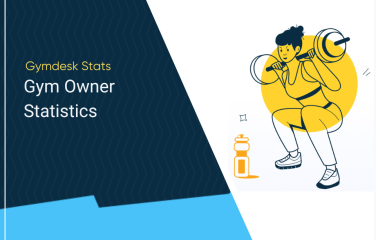 Gym Owner Statistics: The State of Gyms, Member Trends, and Usage Data
Gym Owner Statistics: The State of Gyms, Member Trends, and Usage Data
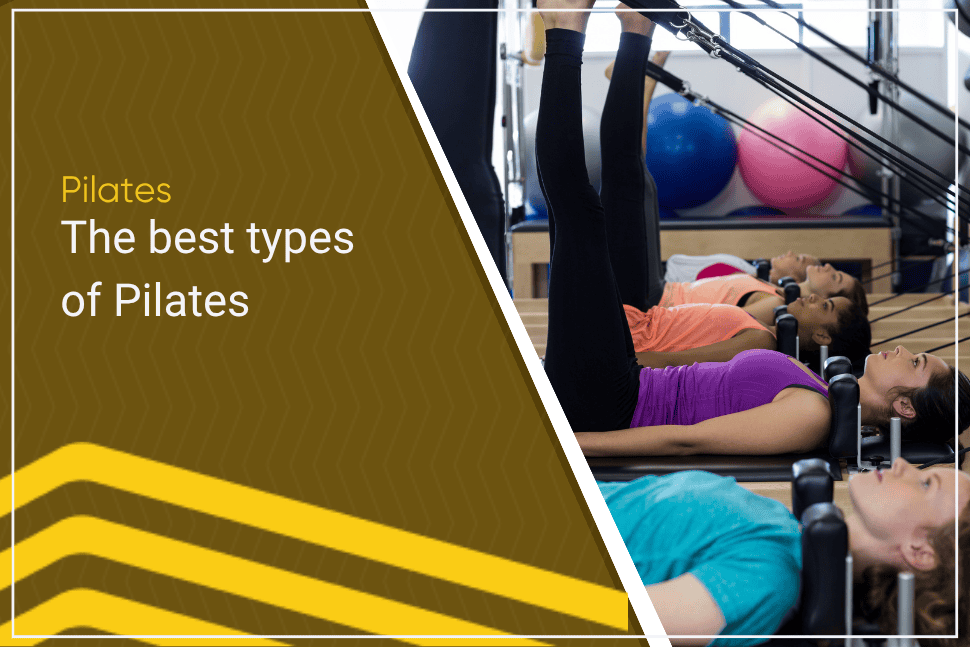
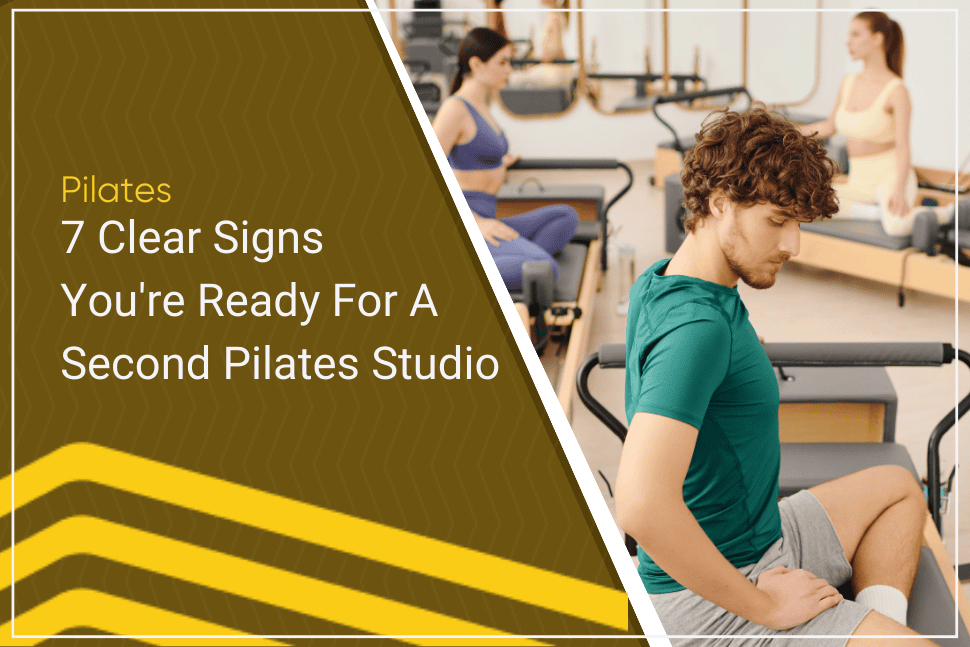
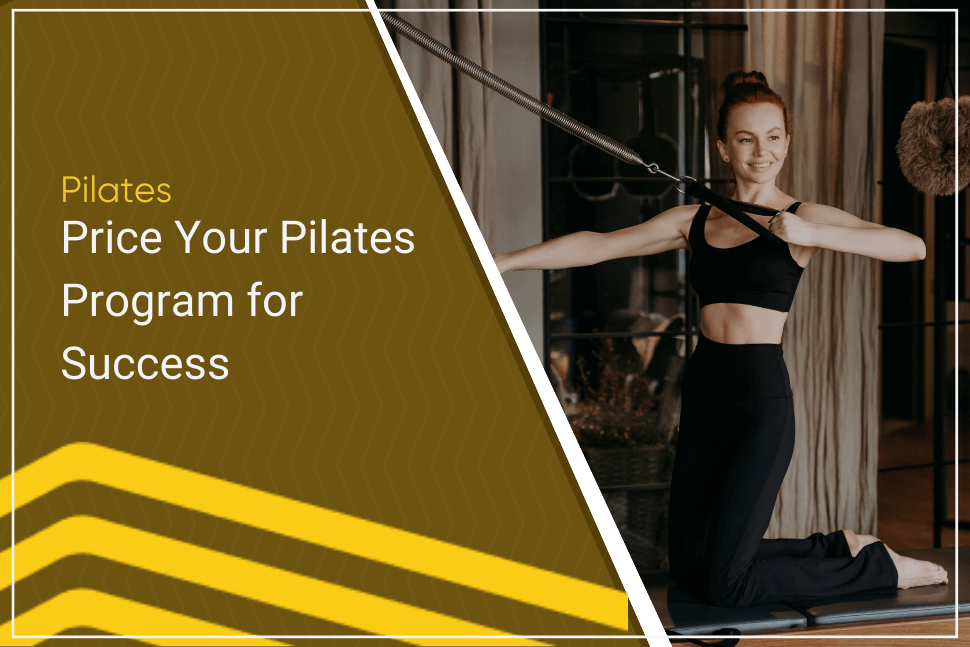
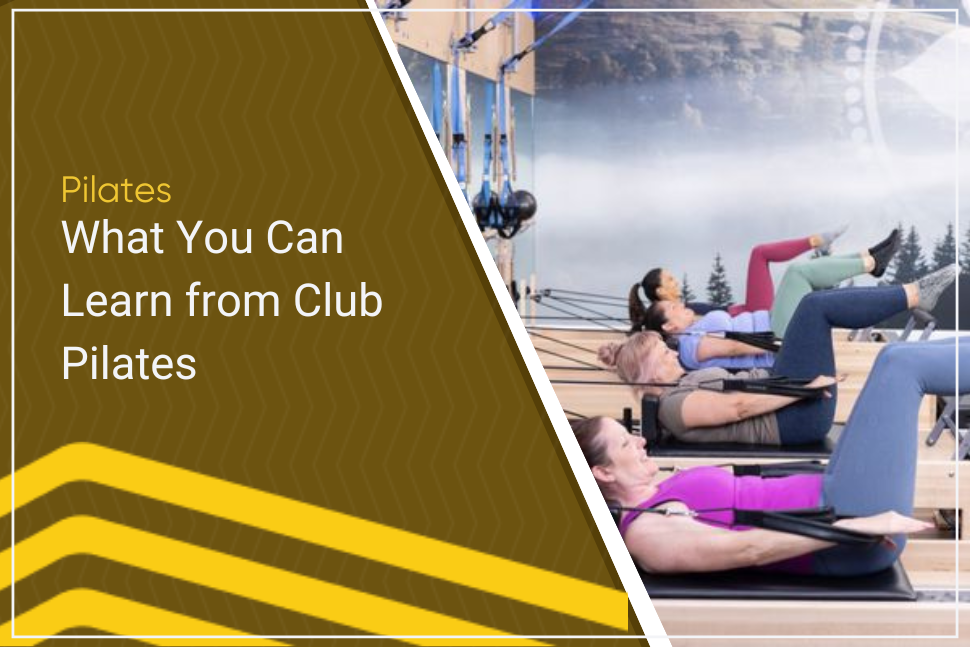
 EN (English)
EN (English)
 JA (日本語)
JA (日本語)